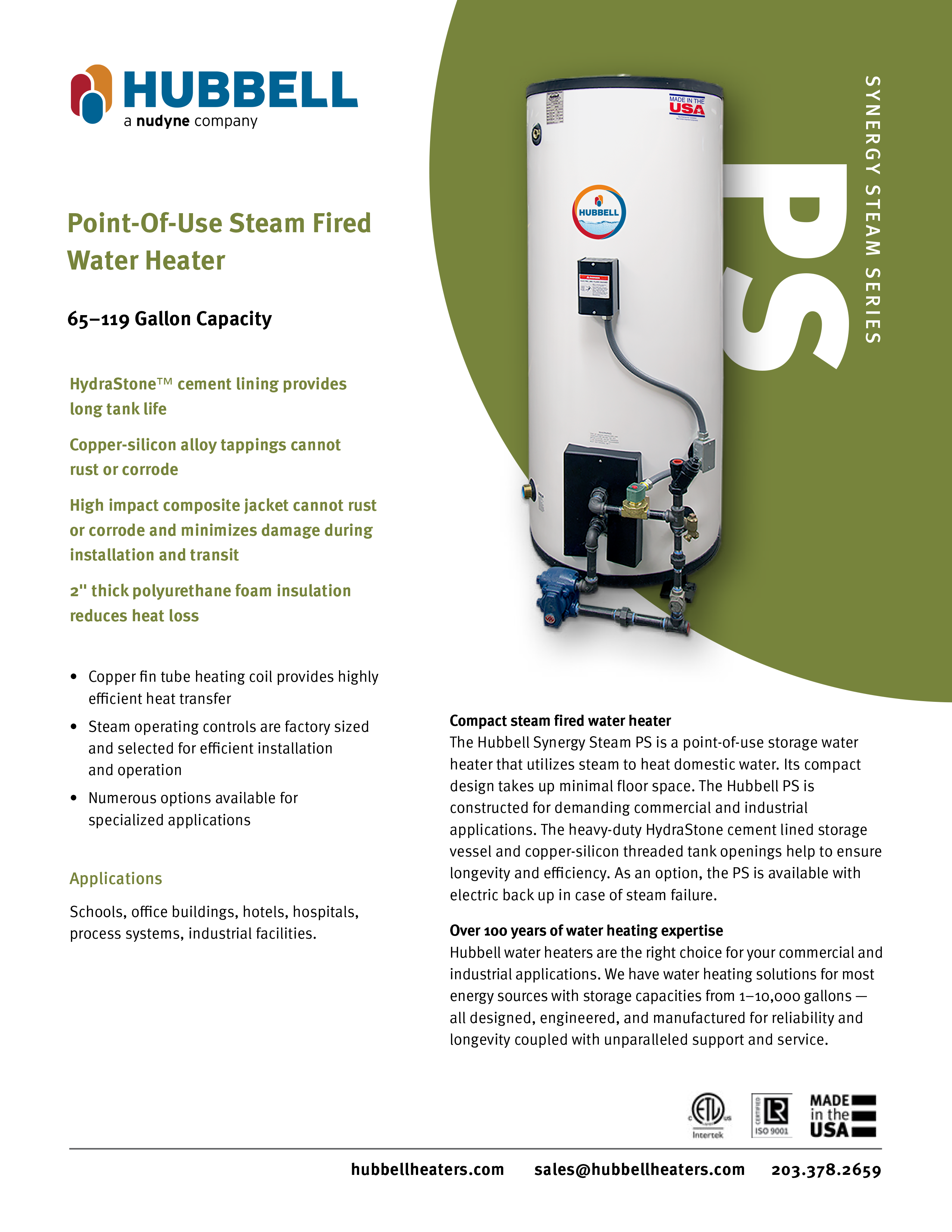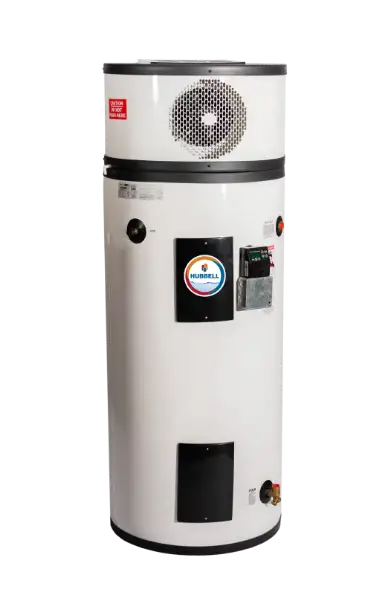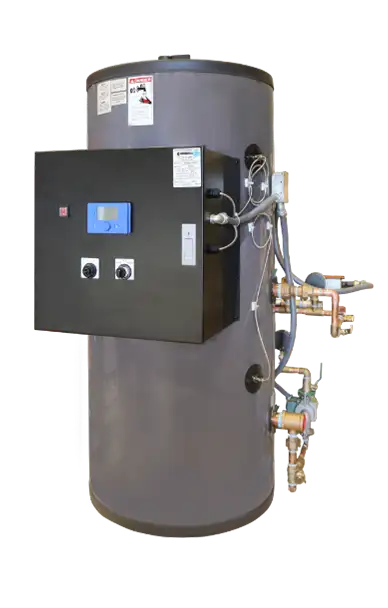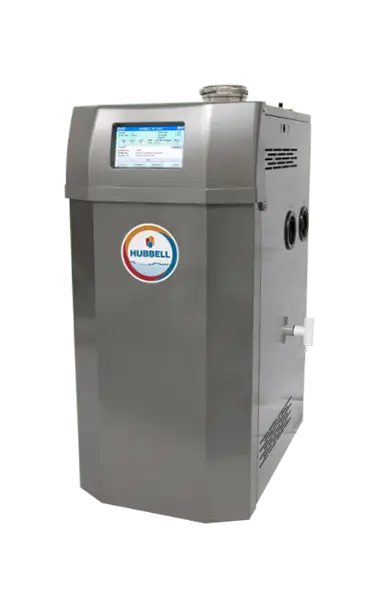Synergy Steam Series
PS
Point-Of-Use Steam-Fired Water Heater
Light duty, 65-119 gallon capacity, for low demand/recovery
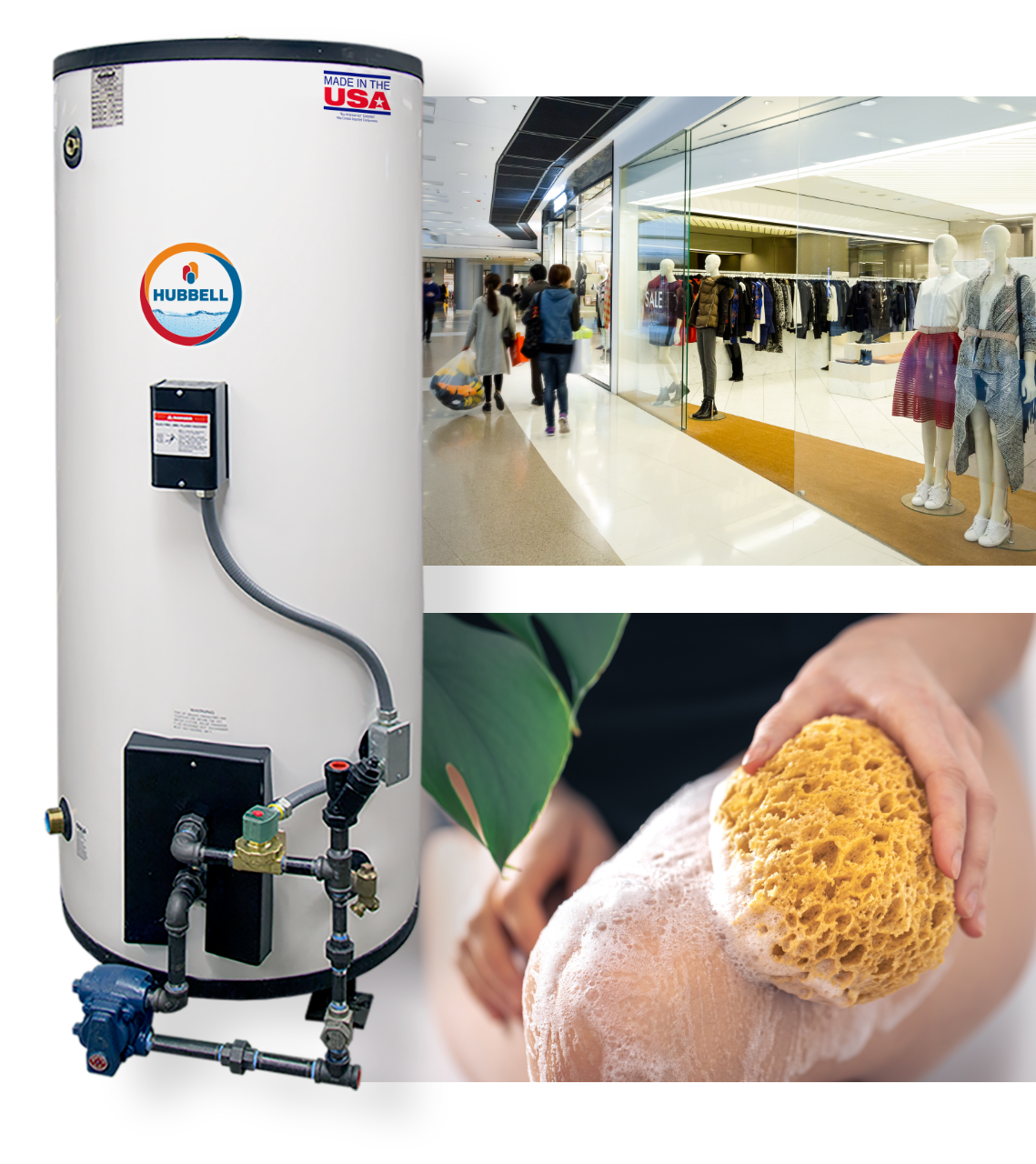
HYDRASTONE CEMENT LINING
SMALL FOOTPRINT
HIGH EFFICIENCY DESIGN
HIGH IMPACT COMPOSITE JACKET
SIMPLE INSTALLATION
Applications
Schools, restaurants, office buildings, hotels, hospitals, process systems, industrial facilities, and much more.
Synergy Steam Series
PS
Point-Of-Use Steam-Fired Water Heater
Light duty, 65-119 gallon capacity, for low demand/recovery
HYDRASTONE CEMENT LINING
SMALL FOOTPRINT
HIGH EFFICIENCY DESIGN
HIGH IMPACT COMPOSITE JACKET
SIMPLE INSTALLATION
Applications
Schools, restaurants, office buildings, hotels, hospitals, process systems, industrial facilities, and much more.
PS Overview
Technical Documents
Request Info about the PS
You might also be interested in ...
Hubbell has a water heater for almost every application. Take a look at other options.

